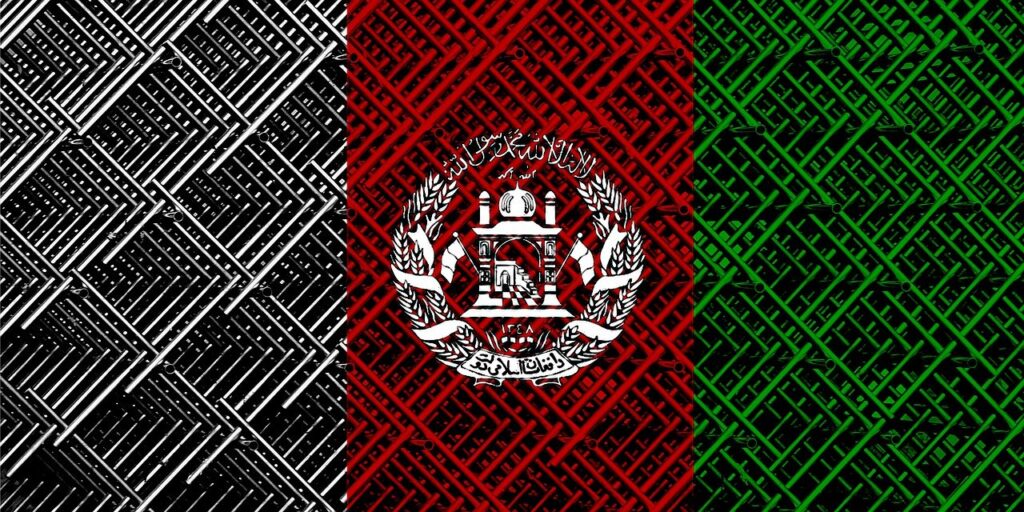The Taliban’s sudden surge across much of Afghanistan, resulting in the capture of about half of the country’s provincial capitals, may have stunned some officials and international observers, but it has been driven in part by extensive fundraising that has given the insurgent group access to millions, and perhaps billions, of dollars.
Intelligence agencies say while it is impossible to accurately gauge exactly how much money the Taliban have been able to raise, a newfound focus on financial independence appears to be paying off, with the group generating $300 million to $1.6 billion a year.
According to a June 2021 U.N. report based on member-state intelligence, most of the money comes from criminal activity such as opium production, drug trafficking, extortion and kidnapping for ransom.
One intelligence agency said drug trafficking alone may have earned the Taliban $460 million.
The U.N. report said Taliban leaders have also generated additional money from natural resources in areas under their control, including as much as $464 million last year from mining operations.
Taliban leaders have also benefited greatly from donations, including from what the U.N. describes as a “network of nongovernmental charitable foundations” and from wealthy supporters.
Separately, U.S. officials have said for years the Taliban have gotten money, weapons and training from Russia.
In an email to VOA in August 2018, General John Nicholson, then commander of U.S. forces in Afghanistan, went as far as to accuse Moscow of using such support “to undercut our military gains and years of military progress in Afghanistan, and make partners question Afghanistan’s stability.”
Other analysts say the Taliban also continue to get money from Pakistan and, to a lesser degree, Iran.
However, while the Taliban appear to have raised enough money to take Afghanistan by force, there are some doubts they have sufficient funding to govern Afghanistan on their own.
According to the most recent data from the World Bank, the Afghan government spent $11 billion in 2018, of which 80% came from foreign aid.
“It appears that even the Taliban understand Afghanistan’s dire need for foreign assistance,” said John Sopko, U.S. Special Inspector General for Afghanistan Reconstruction, during an event this past March.
Earlier this month, U.S. Special Representative for Afghanistan Reconciliation Zalmay Khalilzad told the virtual Aspen Security Forum that the U.S. still retained some leverage over the Taliban because of the understanding that foreign aid will be critical going forward.
“They say they don’t want to be a pariah state,” Khalilzad said. “They want to receive assistance.”
Analysts, such as Bill Roggio at the Washington-based Foundation for the Defense of Democracies, are skeptical.
“The Taliban doesn’t care about international aid, international legitimacy,” he told VOA. “Its primary goal is to rule.”
Additionally, some former U.S. officials caution that should the Taliban take all of Afghanistan by force, it may be some time before they feel any sort of financial pinch.
“Like other militant groups that take over territory, when that happens, they get access to central banks’ vaults, government accounts and real taxation opportunities,” Matthew Levitt, director of the counterterrorism program at the Washington Institute for Near East Policy and a former U.S. Treasury Department official, told VOA.
As for potentially losing out on billions of dollars in foreign aid, Levitt said the Taliban could survive that.
The country as a whole, “not so much,” he added. “But that’s not their [the Taliban’s] goal post.”
.
By Jeff Seldin, August 13, 2021, published on VOA News






